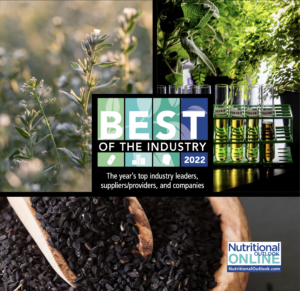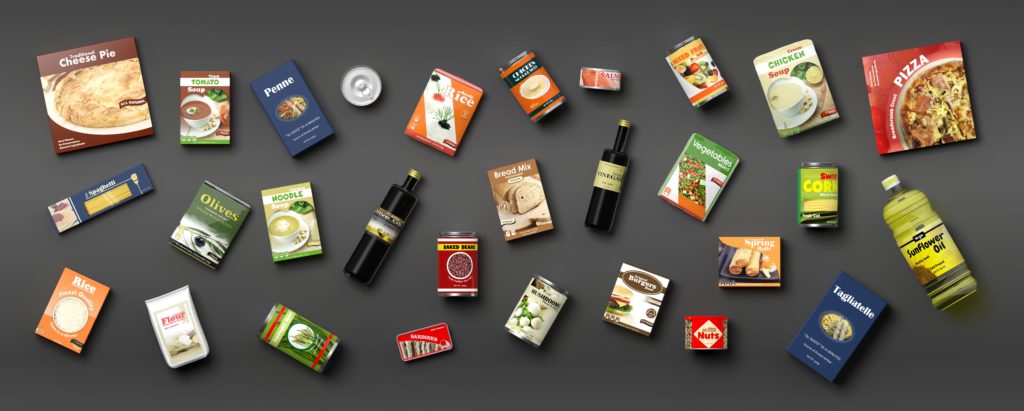The Goal
Market research is the first, and arguably the most imperative part of a successful marketing and business plan. First and foremost, It gives you the information that you need to find if a market exists for your brand. Secondarily, market research allows you to discover and narrow down who your target market is by using information from consumer behavior and economic trends. It includes a variety of goals that are geared toward getting the most information possible for your company, so that you can then effectively market your product or service. Developing a marketing position from this data is essential. The key is in discovering your target audience, then learning what tactics your audience responds to most. This is the best way to generate awareness around your brand.
When conducting market research, we look at everything from demographics and psychographics, to marketing habits, experience with the brand, and general attitudes. We want to gain a deep understanding of the target, their behaviors, their opinions, and their experiences. We want to develop a marketing plan that demonstrates that the brand provides a solution to a problem that that audience has a need for.
The Process
The marketing research process begins with defining this problem, developing a research plan, then getting started on gathering data. This research plan will determine what types of research may be most effective for that client, whether it be exploratory research, descriptive research, or predictive research. We may decide that it is necessary to gather information around customer satisfaction or maybe even market line expansions. This data can be obtained in a variety of ways, including primary and secondary research from surveys and interviews, focus groups, and/or general market research. The goal is to obtain as much qualitative and quantitative data as possible for the best possible outcome. Once we get the data, we sort through and analyze it to then develop a marketing strategy aimed at meeting the market’s needs.
After developing a strategy we work closely with other departments within BrandHive to apply that strategy to things like brand identity, advertisements, public relations spots, and more. That is the making of a successful marketing journey! Don’t try to advertise and market your brand if you have not done market research. Invest your time and money in the process and receive the most return on your investment.






